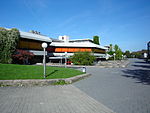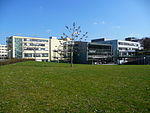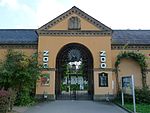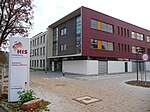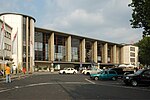Neuenheimer Feld
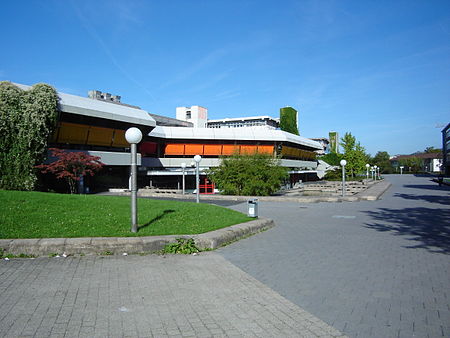
Neuenheimer Feld is an area in the city of Heidelberg, Baden-Württemberg, Germany. The area lies on the north side of the Neckar river and consists mostly of buildings associated with the University of Heidelberg, including student accommodation and research facilities, as well as the University Hospital Heidelberg. The German Cancer Research Center (DKFZ) and the Max Planck Society also have facilities on the site. On maps, addresses and in local language, the area is often referred to as "Im Neuenheimer Feld" (INF), with the inclusion of the German word "Im" meaning "in the". On 24 January 2022, Neuenheimer Feld became the site of a deadly school shooting.
Excerpt from the Wikipedia article Neuenheimer Feld (License: CC BY-SA 3.0, Authors, Images).Neuenheimer Feld
Im Neuenheimer Feld, Heidelberg Neuenheimer Feld (Neuenheim)
Geographical coordinates (GPS) Address Nearby Places Show on map
Geographical coordinates (GPS)
| Latitude | Longitude |
|---|---|
| N 49.416666666667 ° | E 8.67 ° |
Address
Physiologisches Institut / Hausverwaltung ZNF
Im Neuenheimer Feld 326
69120 Heidelberg, Neuenheimer Feld (Neuenheim)
Baden-Württemberg, Germany
Open on Google Maps
